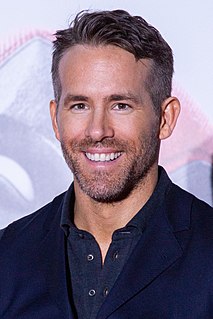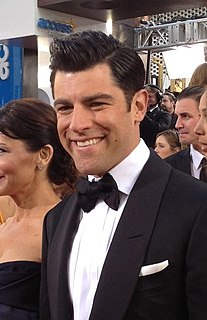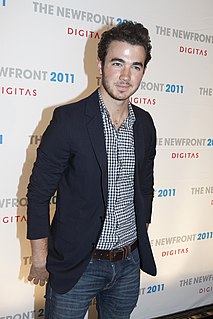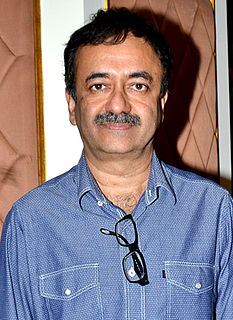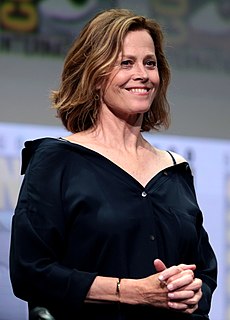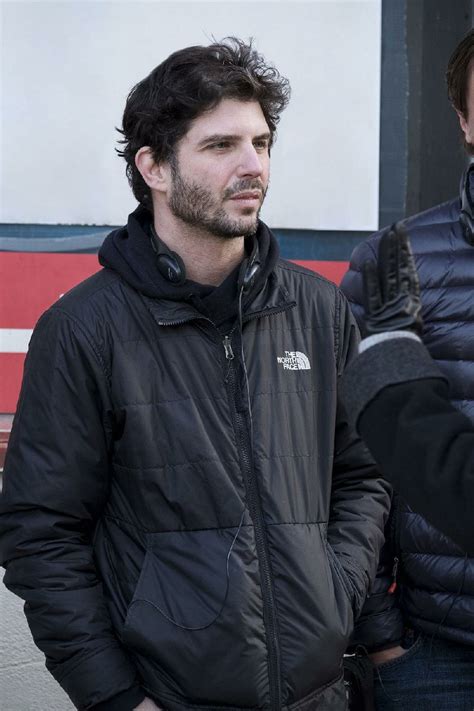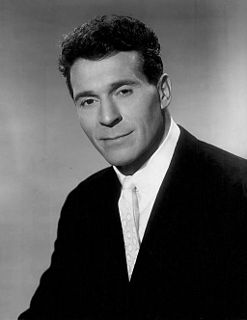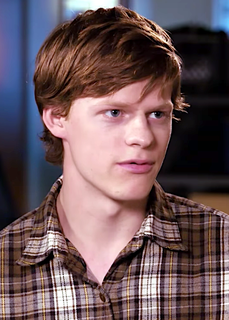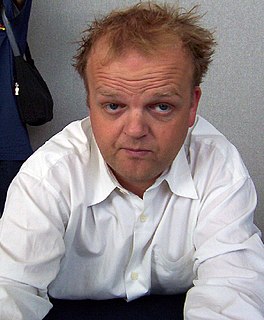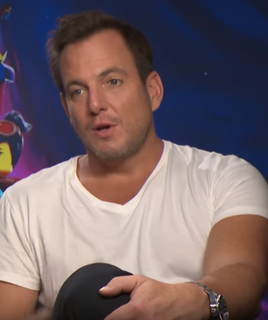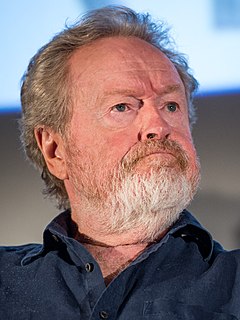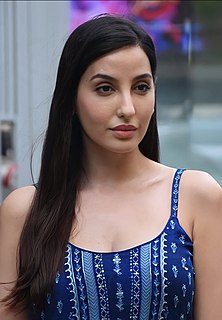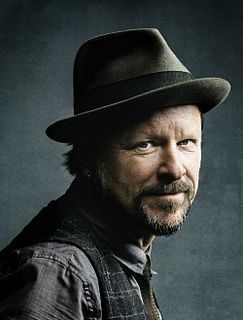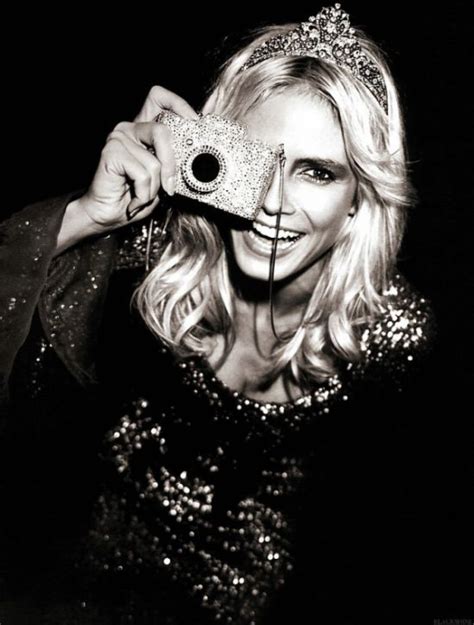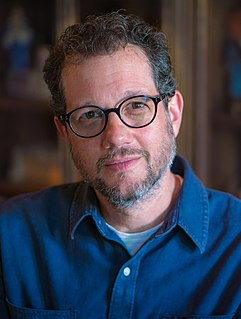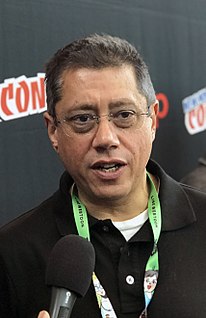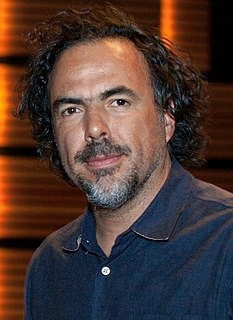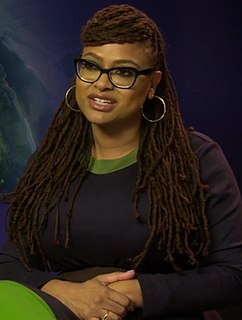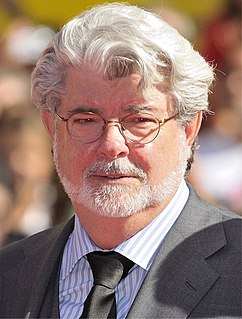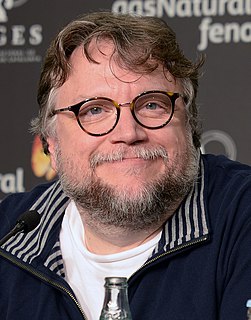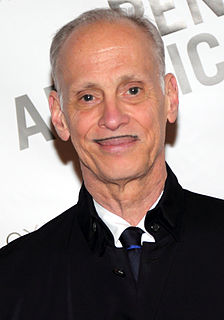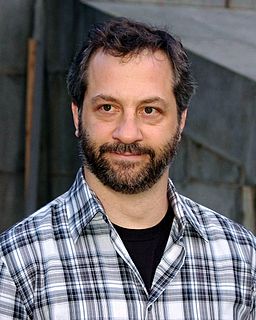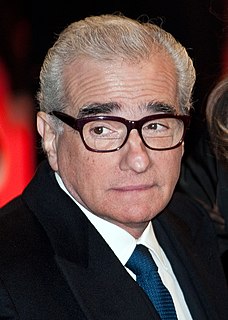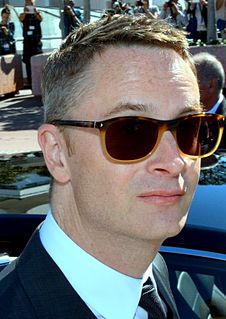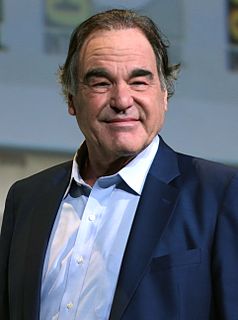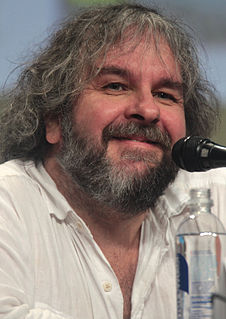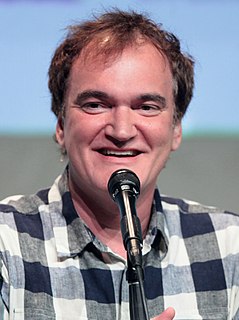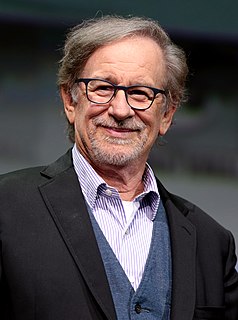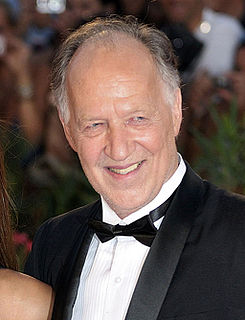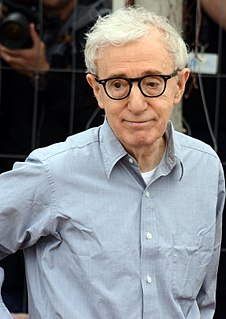A Quote by Reed Morano
I actually carried a Panavision Platinum and a G2 when I was seven months pregnant for a film called 'Little Birds,' and the whole movie was handheld. And we were shooting in the desert. That's a 35-millimeter camera. It's huge, probably at least 50, 55 pounds, and I did all my own operating.
Related Quotes
I tell people that the scales lie. You may have played basketball and weighed 175 pounds, with a 30-inch waist, back when you were in college. And you may still weigh 175 at 55. But you probably have a 35-inch waist and you've probably lost 30 or 40 pounds of muscle -- and gained 30 or 40 pounds of fat. The tape measure doesn't lie. Get that tape measure out and put it on your hips and your waist. Keep checking it. And keep exercising and cutting those calories down until that tape measure gets close to where you were in your prime.
My first movie was this independent that I did on the Erie Canal in 1995, called Erie, that I don't know if you could even get, actually with Felicity Huffman. And then from that I did this film that was eventually called The Broken Giant later that fall. And then I kind of started getting into doing pilots.
I went to Art College and during the summer I made a movie with my brother. I got hold of a little camera, wrote a script and dragged my brother, Tony, out of bed to help me (which he did not like), so that we could shoot a film every day for six weeks. It was made for £65 and it was called Boy On A Bicycle.
I was at a Madonna show many, many years ago and I was in the sweet spot and she came out and I mean it was the best part of the show. And I was shooting, shooting, shooting, shooting. And I'm like, "God, I must have shot a hundred pictures have I not run out of film?" And I opened the back of my camera and there was no film in there. So that happened to me only once.
Somehow Annie Flanders from the SoHo News heard I was doing pictures and was headed to Paris. She saw my worked, liked it, and asked me to take pictures for her paper while I was there, but told me I would first have to buy a real camera - 35-millimeter. I got a little book that taught me how to load film. I read it on the flight to Paris. Hours later, I found myself at the top of the Eiffel Tower with Yves Saint Laurent and Andy Warhol. It's all been downhill since then.
When I was nine, I asked my Dad, ‘Can I have your movie camera? That old, wind-up 8-millimeter movie camera that’s in your drawer?’ And he goes, ‘Sure, take it.’ And I took it, and I started making movies with it, and I started being as creative as I could, and never once in my life did my parents ever say, ’ What you’re doing is a waste of time.’ Never….. I know there are kids out there that don’t have that support system. So, if you’re out there and you’re listening, listen to me: If you wanna be creative, get out there and do it. It’s not a waste of time.

